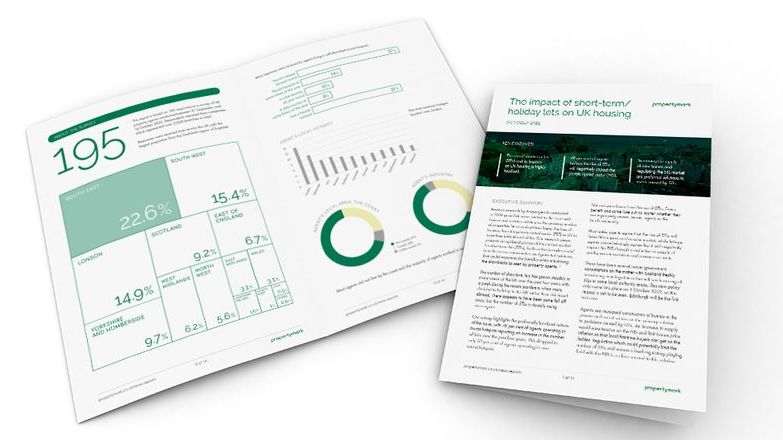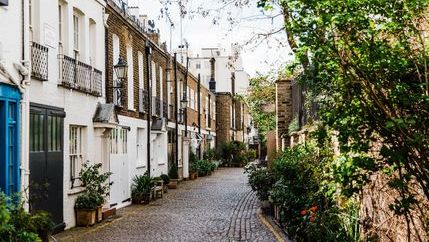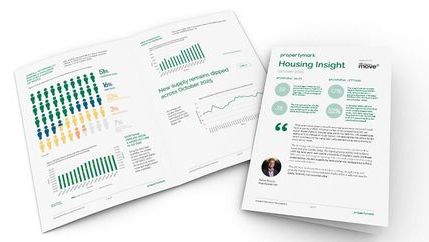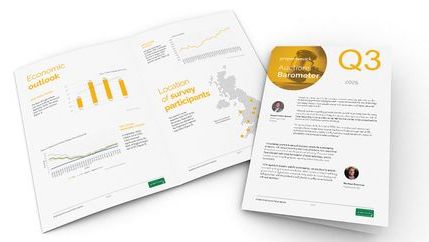
The number of short-term lets has grown steadily in many areas of the UK over the past four years with a peak during the recent pandemic when many decided to holiday in the UK rather than risk travel abroad. There appears to have been some fall off since, but the number of STLs is steadily rising once again.
Our survey highlights the profoundly localised nature of the issue, with 76 per cent of agents operating in tourist hotspots reporting an increase in the number of STLs over the past four years. This dropped to only 33 per cent of agents operating in non-tourist hotspots.
What's the issue?
Growth in STLs and other trends
Our previous report found that 16 per cent of the British public had let out all or part of their home. However, the vast majority (70 per cent) had let property in which they usually live. A further 12 per cent used STLs to fill a gap between longer rentals.
Analysis of listings data from Inside Airbnb revealed that, as at September 2022, 59 per cent of properties were listed as ‘entire home/apt’ in London, suggesting a not-insignificant proportion are people letting out spare rooms. This figure compares to 69 for Edinburgh, 63 for Bristol and 62 for Manchester.
DCMS urged to establish standards within the short-term lettings industry
Propertymark has been outspoken in the past over how the proliferation of short-term lets risks reducing the size of the private rented sector. An increase in short-term and holiday lets also reduces the number of homes for people to purchase which increases house prices as supply is reduced.
Insights from our survey
58 per cent of respondents to our survey reported that the number of short-term lets within their local area has increased in the past four years
A further 28 per cent reported that numbers had remained fairly constant, while only 13 per cent reported a fall in the number of STLs over this period.
Of those seeing growth in their regions, 38 per cent reported the primary driver being a transfer of property from the PRS and 34 per cent a specific property purchase to let in the STL market (See figure 5).






